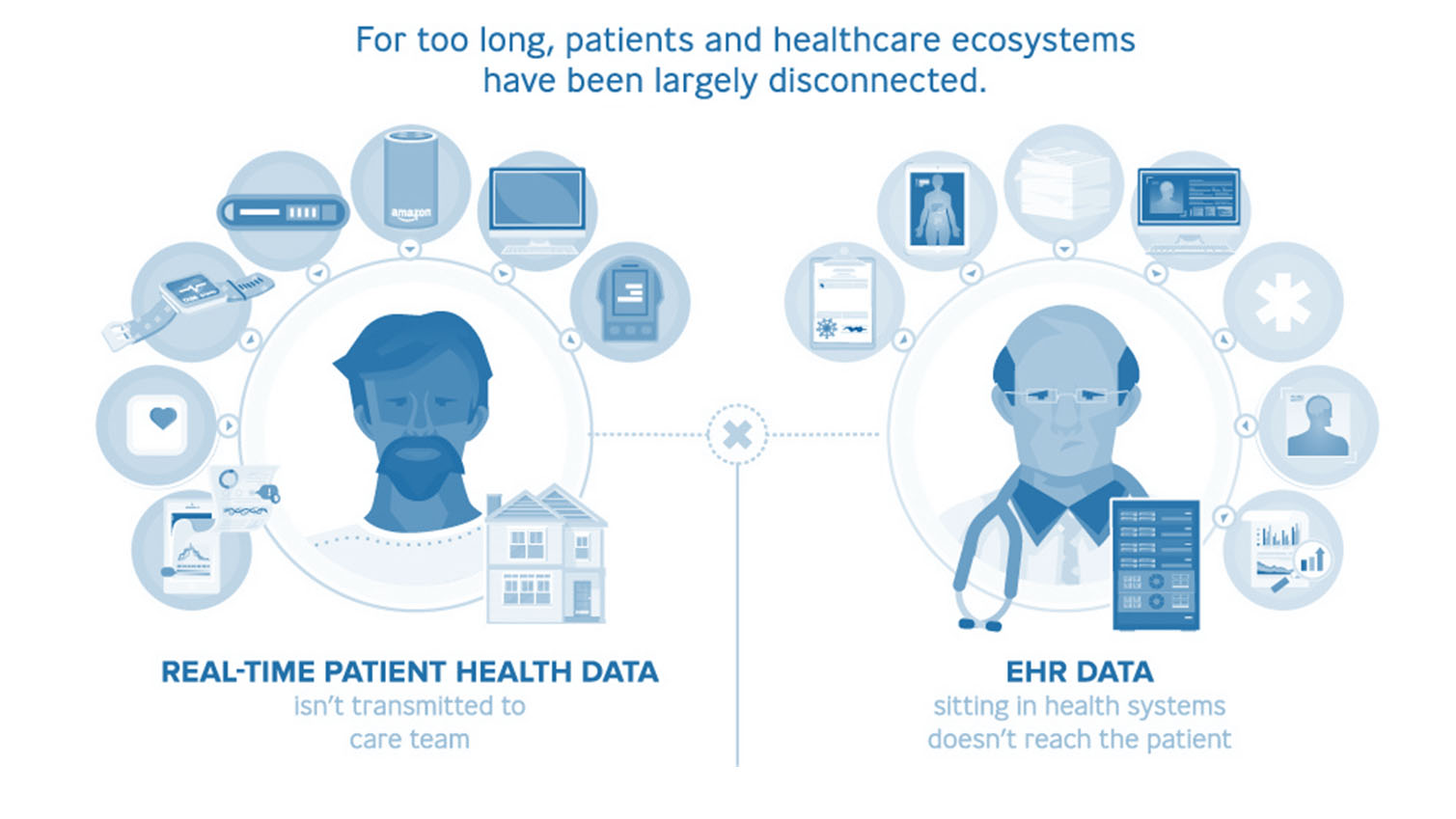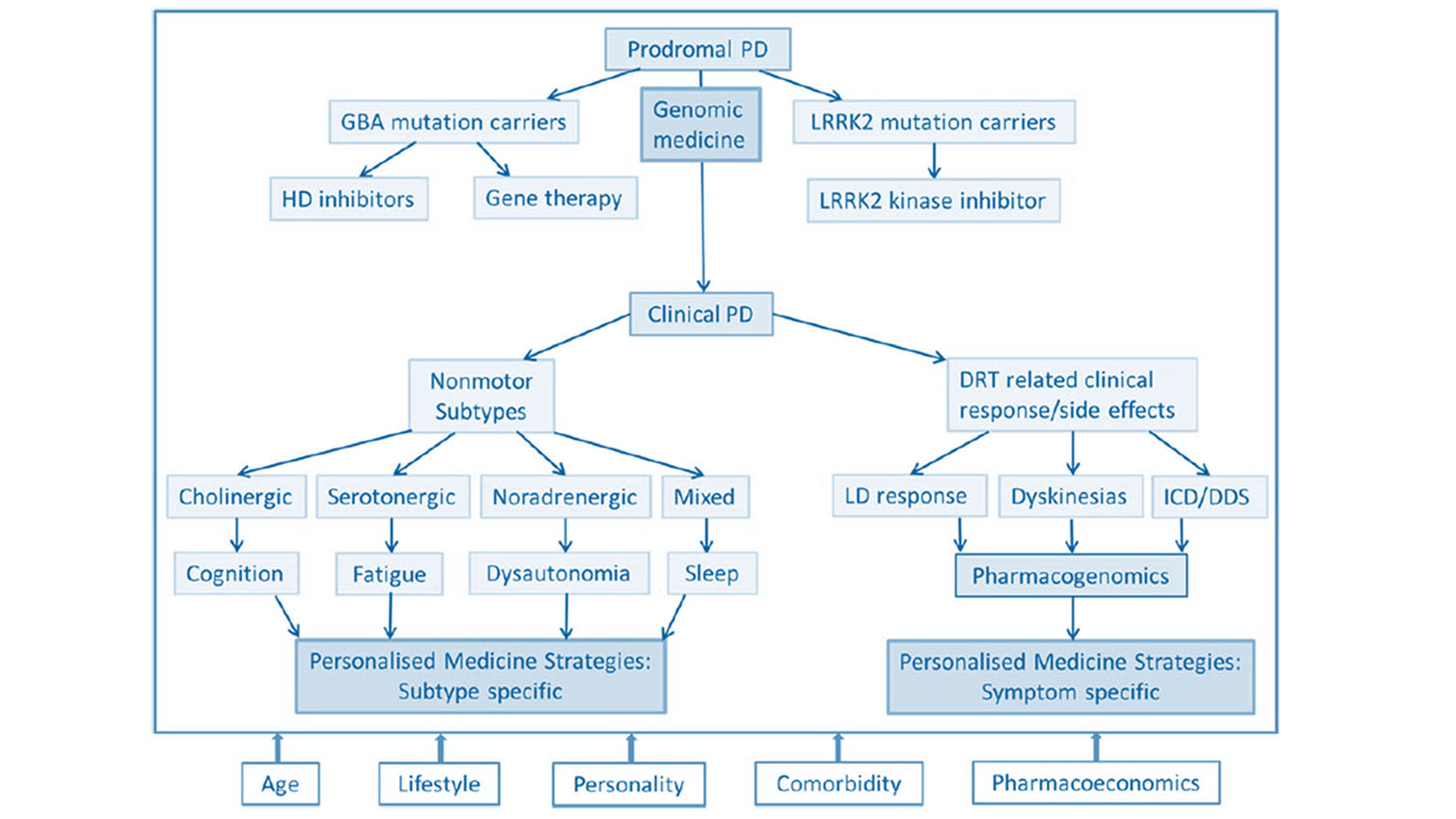Rationale
PD patients are evaluated by their treating clinician in face-to-face visits infrequently, on average twice a year. These visits are typically short and even experienced clinicians may not consider all symptoms.
Within a few years, it is expected that most PD patients will use an individual EHR and interoperable and substitutable technology (including wearables) that can interact with this EHR.
Smartphones, wearables are already useful means of patient empowerment anyway, since they promote health literacy and activate patients manage their condition leading to an improved quality of life.








